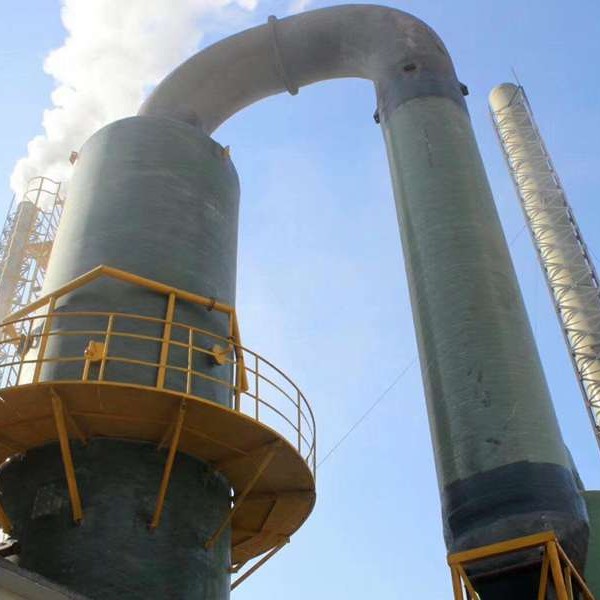
-
 Afrikaans
Afrikaans -
 Albanian
Albanian -
 Amharic
Amharic -
 Arabic
Arabic -
 Armenian
Armenian -
 Azerbaijani
Azerbaijani -
 Basque
Basque -
 Belarusian
Belarusian -
 Bengali
Bengali -
 Bosnian
Bosnian -
 Bulgarian
Bulgarian -
 Catalan
Catalan -
 Cebuano
Cebuano -
 China
China -
 China (Taiwan)
China (Taiwan) -
 Corsican
Corsican -
 Croatian
Croatian -
 Czech
Czech -
 Danish
Danish -
 Dutch
Dutch -
 English
English -
 Esperanto
Esperanto -
 Estonian
Estonian -
 Finnish
Finnish -
 French
French -
 Frisian
Frisian -
 Galician
Galician -
 Georgian
Georgian -
 German
German -
 Greek
Greek -
 Gujarati
Gujarati -
 Haitian Creole
Haitian Creole -
 hausa
hausa -
 hawaiian
hawaiian -
 Hebrew
Hebrew -
 Hindi
Hindi -
 Miao
Miao -
 Hungarian
Hungarian -
 Icelandic
Icelandic -
 igbo
igbo -
 Indonesian
Indonesian -
 irish
irish -
 Italian
Italian -
 Japanese
Japanese -
 Javanese
Javanese -
 Kannada
Kannada -
 kazakh
kazakh -
 Khmer
Khmer -
 Rwandese
Rwandese -
 Korean
Korean -
 Kurdish
Kurdish -
 Kyrgyz
Kyrgyz -
 Lao
Lao -
 Latin
Latin -
 Latvian
Latvian -
 Lithuanian
Lithuanian -
 Luxembourgish
Luxembourgish -
 Macedonian
Macedonian -
 Malgashi
Malgashi -
 Malay
Malay -
 Malayalam
Malayalam -
 Maltese
Maltese -
 Maori
Maori -
 Marathi
Marathi -
 Mongolian
Mongolian -
 Myanmar
Myanmar -
 Nepali
Nepali -
 Norwegian
Norwegian -
 Norwegian
Norwegian -
 Occitan
Occitan -
 Pashto
Pashto -
 Persian
Persian -
 Polish
Polish -
 Portuguese
Portuguese -
 Punjabi
Punjabi -
 Romanian
Romanian -
 Russian
Russian -
 Samoan
Samoan -
 Scottish Gaelic
Scottish Gaelic -
 Serbian
Serbian -
 Sesotho
Sesotho -
 Shona
Shona -
 Sindhi
Sindhi -
 Sinhala
Sinhala -
 Slovak
Slovak -
 Slovenian
Slovenian -
 Somali
Somali -
 Spanish
Spanish -
 Sundanese
Sundanese -
 Swahili
Swahili -
 Swedish
Swedish -
 Tagalog
Tagalog -
 Tajik
Tajik -
 Tamil
Tamil -
 Tatar
Tatar -
 Telugu
Telugu -
 Thai
Thai -
 Turkish
Turkish -
 Turkmen
Turkmen -
 Ukrainian
Ukrainian -
 Urdu
Urdu -
 Uighur
Uighur -
 Uzbek
Uzbek -
 Vietnamese
Vietnamese -
 Welsh
Welsh -
 Bantu
Bantu -
 Yiddish
Yiddish -
 Yoruba
Yoruba -
 Zulu
Zulu
Explore the Benefits and Applications of FRP Fittings in Various Industries
Understanding FRP Fittings The Future of Plumbing and Structural Solutions
In recent years, Fiber Reinforced Polymer (FRP) fittings have emerged as a game-changer in various industries, particularly in plumbing, construction, and civil engineering. Known for their exceptional strength-to-weight ratio, corrosion resistance, and versatility, FRP fittings are increasingly being utilized as a preferred alternative to traditional materials like steel, copper, and PVC. This article explores the key benefits, applications, and future potential of FRP fittings.
The Composition of FRP Fittings
FRP fittings are composed of a polymer matrix reinforced with fibers, typically glass, carbon, or aramid. This composite structure offers many advantages over conventional materials. The fibers provide tensile strength and stiffness, while the polymer matrix protects against environmental stressors. As a result, FRP fittings can be much lighter than metal counterparts without sacrificing performance.
Advantages of FRP Fittings
One of the most significant advantages of FRP fittings is their outstanding resistance to corrosion. Traditional materials like metal can deteriorate over time due to exposure to chemicals, moisture, and other harsh environmental factors. FRP fittings, however, are impervious to corrosive agents, making them ideal for applications in chemical processing plants, wastewater treatment facilities, and coastal environments.
In addition to corrosion resistance, FRP fittings are also highly durable and have a long lifespan. They are resistant to UV radiation, which prolongs their effectiveness in outdoor applications. Moreover, these materials do not require frequent maintenance, resulting in reduced lifecycle costs.
Another noteworthy benefit is the ease of installation. FRP fittings are lightweight, which makes them more manageable on-site. This translates to lower labor costs and reduced energy consumption during transport and installation. Their flexibility in design allows for customization, enabling engineers to create fitting solutions tailored to specific project requirements.
Applications in Various Industries
frp fittings

The applications of FRP fittings are vast and varied. In the construction industry, they are used for piping, structural components, and reinforcement materials. Their superior strength makes them suitable for high-load applications, such as bridges and building frameworks. Additionally, FRP fittings are being utilized in the construction of wind turbine blades, which require lightweight yet robust materials.
In the marine industry, FRP fittings are gaining attention for their resistance to seawater and marine organisms, making them ideal for piping systems on ships and offshore platforms. Similarly, the oil and gas sector has begun adopting FRP for its pipelines and fittings, especially in corrosive environments where traditional materials would fail.
Environmental Benefits
As sustainability becomes a more pressing global concern, the use of FRP fittings contributes positively to environmental initiatives. FRP is often recyclable and can be produced from sustainable resources, minimizing the ecological footprint associated with traditional manufacturing methods. Furthermore, their longevity reduces the need for frequent replacements, thereby decreasing waste and conserving resources.
Future of FRP Fittings
The future of FRP fittings appears promising. As technology continues to advance, we can expect improvements in the manufacturing processes of FRP composites, leading to even better performance characteristics. Innovations such as smart materials embedded with sensors could further enhance the functionality of FRP fittings in monitoring system performance in real time.
Moreover, increased awareness of the benefits of FRP in various sectors will likely drive demand. As industries seek to modernize their infrastructures and improve their environmental practices, FRP fittings will become an increasingly viable option.
Conclusion
In summary, FRP fittings represent a significant advancement in material technology, offering numerous advantages that traditional materials cannot match. With their superior corrosion resistance, durability, and lightweight nature, they are revolutionizing plumbing, construction, and various engineering applications. As industries continue to innovate and prioritize sustainability, embracing FRP fittings will undoubtedly lead to more efficient, effective, and environmentally friendly solutions.









